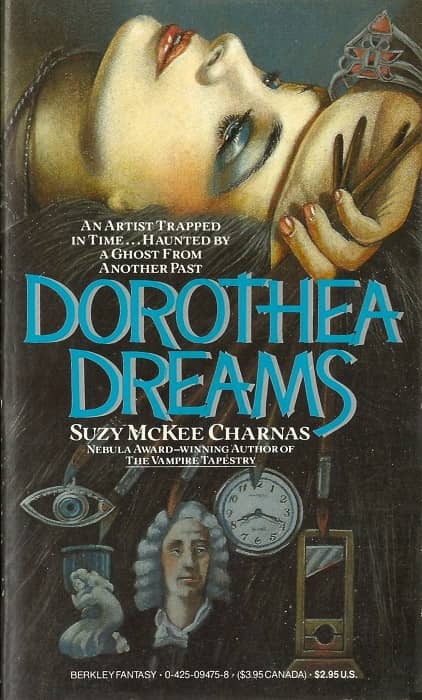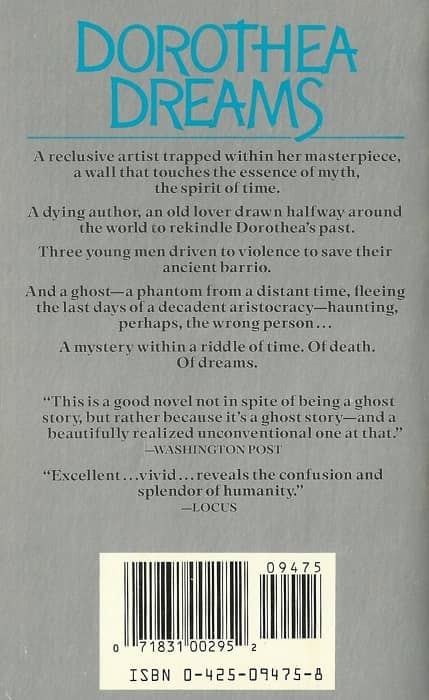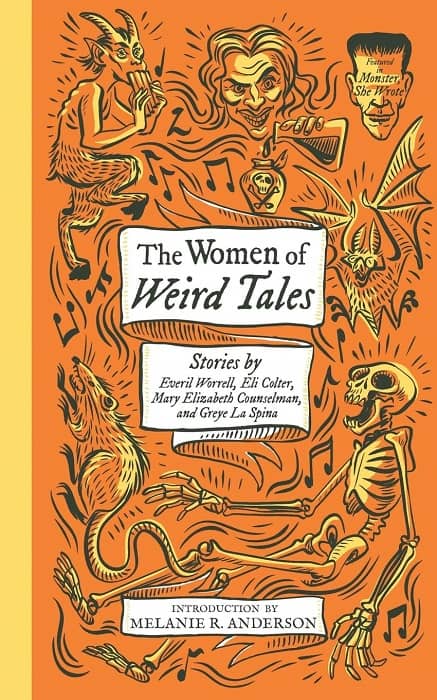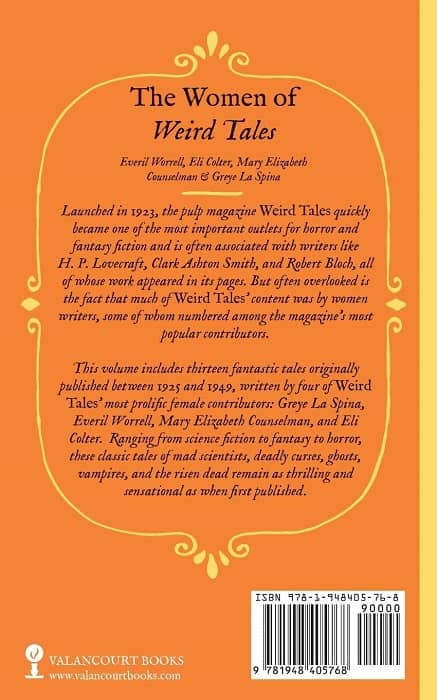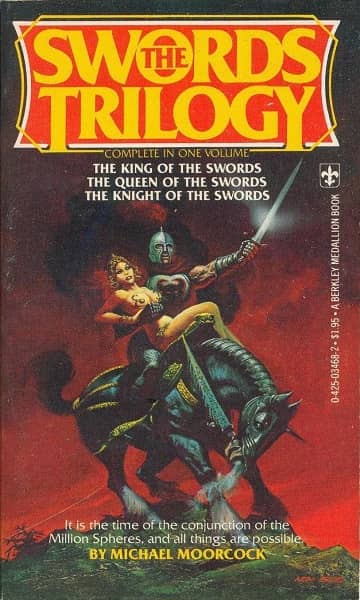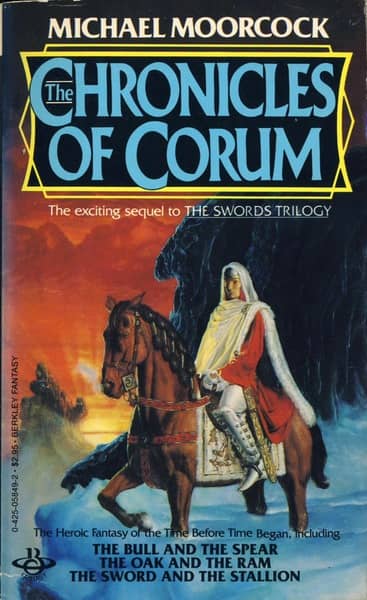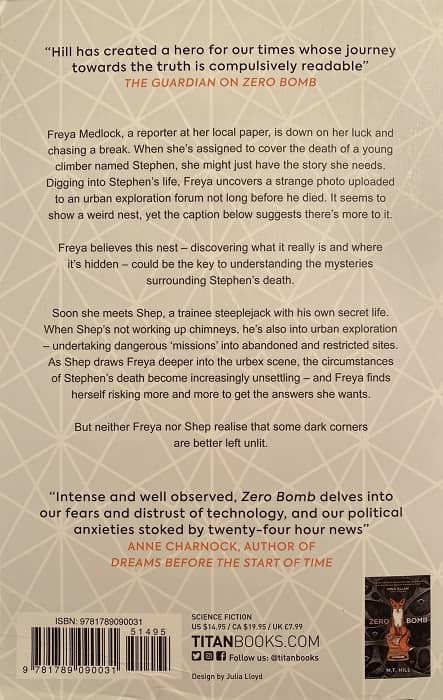Andrew Liptak on 24 Sci-fi and Fantasy Books to Check Out in October
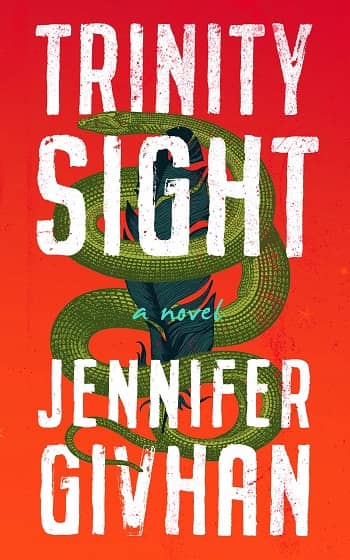 |
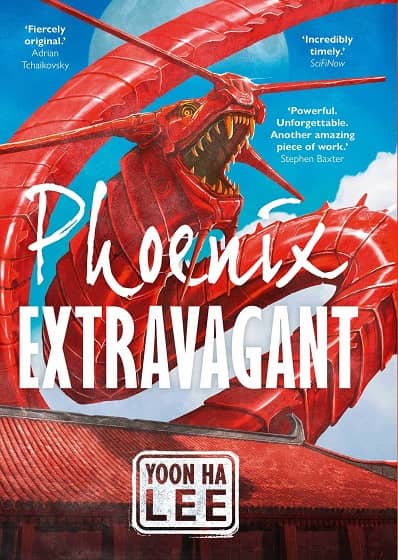 |
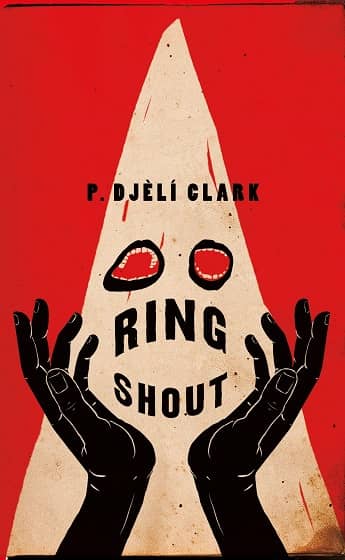 |
Covers by: Kathryn Galloway English, DoFresh, and uncredited (click to embiggen)
Andrew Liptak’s monthly SF and fantasy book roundup in his email newsletter is both exhilarating and frustrating. You probably know what I’m talking about. It’s like being rushed through a tantalizing buffet — it looks fantastic, but no way you’ll have time to try it all.
His October book list is especially appetizing, with new releases from Linda Nagata, Kim Stanley Robinson, V.E. Schwab, Elizabeth Bear, P. Djèlí Clark, Cory Doctorow, Alix E. Harrow, Rebecca Roanhorse, Patrick Tomlinson, Neil Gaiman, Yoon Ha Lee, Cixin Liu, Lou Diamond Phillips, Benjamin Rosenbaum, Charles Stross, and more. But time’s a-wasting. Let’s check out the highlights.
Trinity Sight by Jennifer Givhan (Blackstone Publishing, 304 pages, $15.99 paperback/$7.99 digital, October 13, 2020) – cover design by Kathryn Galloway English
An anthropologist named Calliope Santiago is driving home from work and experiences a bright flash of light, and crashes. When she awakens, she discovers that almost everyone has vanished, and that New Mexico has turned into an unforgiving landscape of volcanoes, monsters, and magic. Along with her son and unborn twins, she and a neighbor’s child navigate this new wilderness, meeting survivors along the way as they try and find safety.
Kirkus Reviews notes that Givhan “employs Southwestern Puebloan mythology to inform the plot,” as well as more contemporary tensions between the US Government, atomic bombs, and more.
Jennifer Givhan is also the author of Jubilee and the collection Girl with Death Mask.
